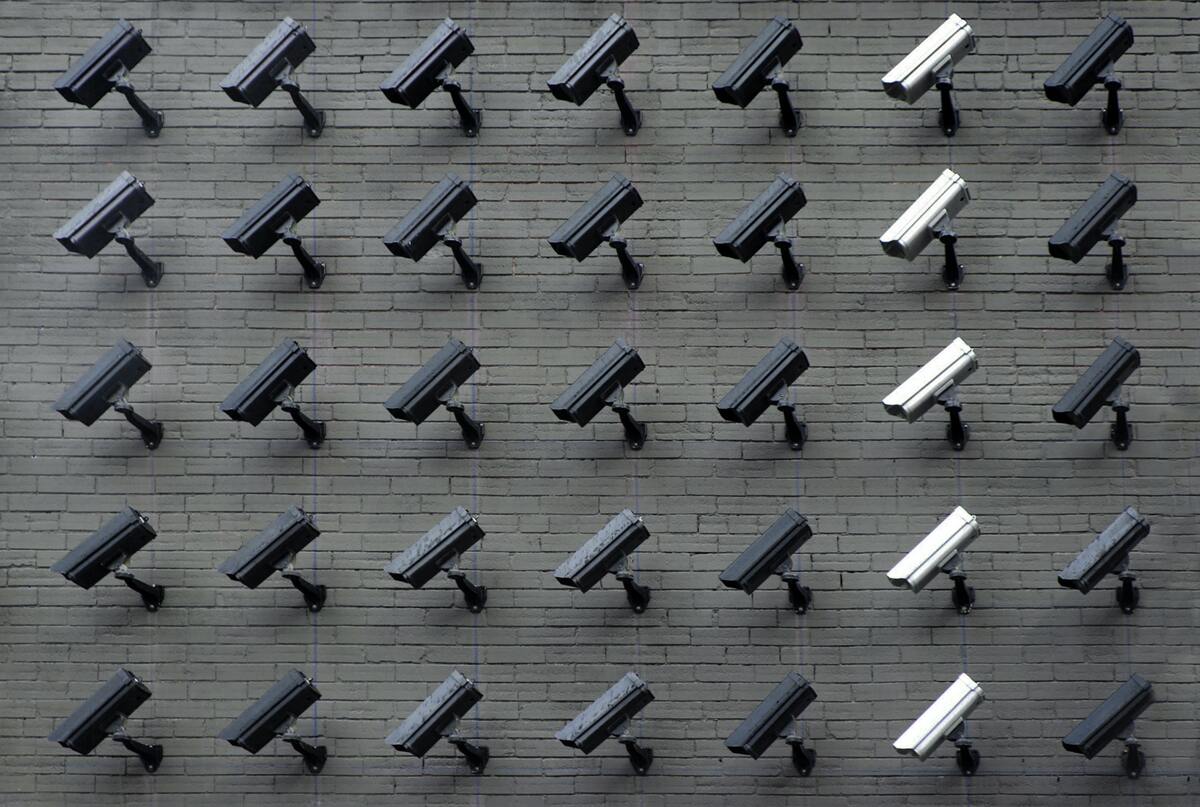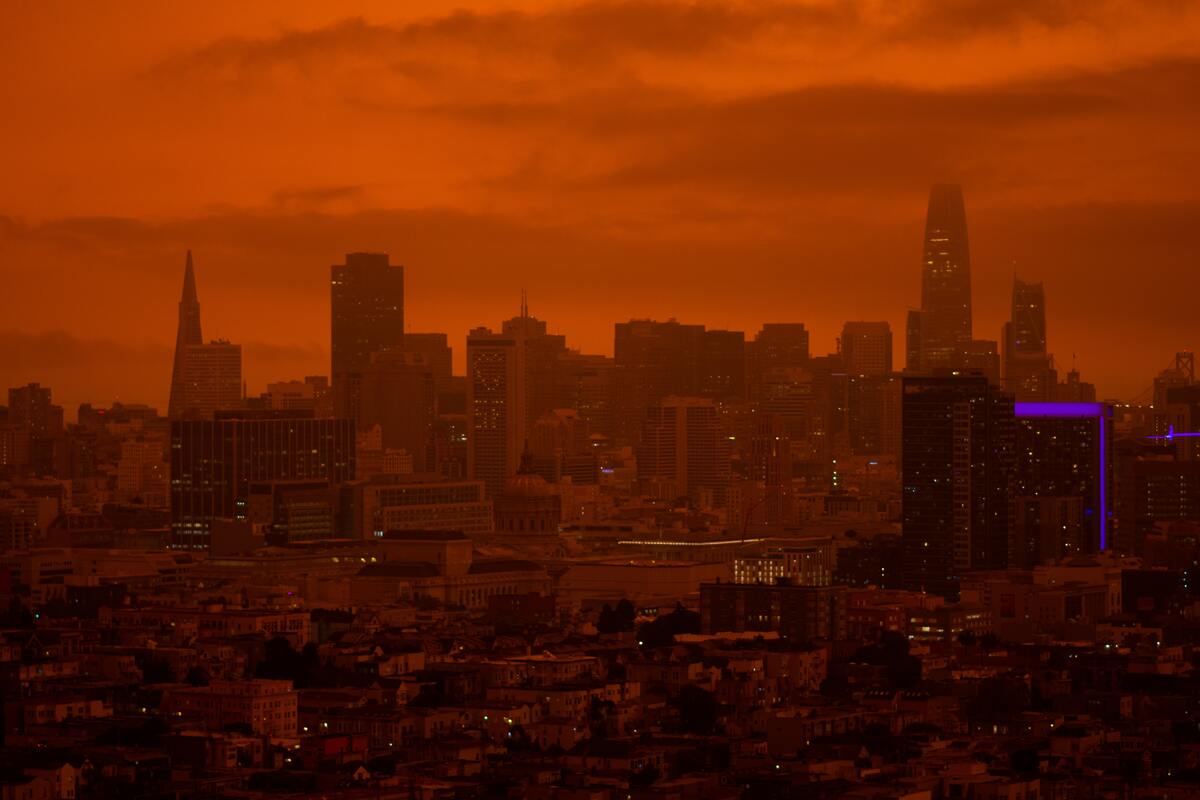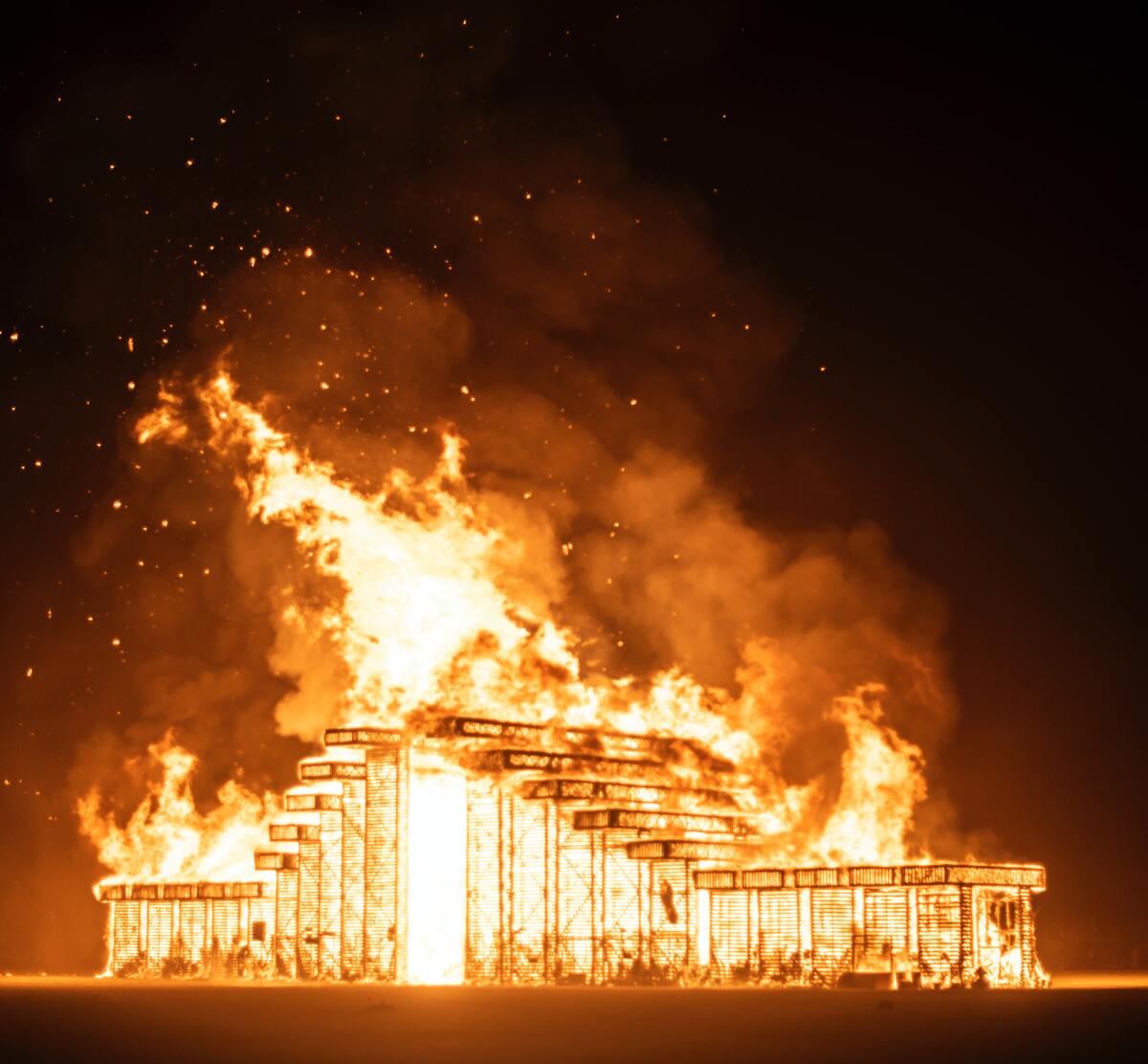Dystopia Explained – Definition & 9 Famous Movie Examples
Rent film gear from local filmmakers.

Rent film gear from local filmmakers.
The dystopian genre has grown more and more popular over the years. Maybe it's because we've finally had time to breathe and think of the consequences that modern society has on our future.
Who knows.
Either way, it's good to understand the genre, and it might even inspire your next story!
So read along in the article where we answer the question, "what is dystopia?" This article provides both the definition of dystopia and examples of dystopia in fiction.
If you want to learn more about making films in general, you can learn all about it in our article on filmmaking.

What is dystopia?
After surviving 2020 and 2021, it would be no surprise if you have come across the term dystopia at some point.
A dystopia is defined as a fictitious place where there is a great deal of suffering or injustice. The settings are typically in post-apocalyptic or totalitarian societies.
It is essentially the thought behind every depressing world you experience in a story.
Stories classified as dystopian are typically written as warning signs for what things could be like if evil wins.
Dystopian characteristics in film
- An abundance of crime
- Supernatural elements
- (evil) Science
- Apocalyptic setting
- Destruction
- Violence
- Cold colors
- Environmental pollution
- Dehumanization
- Totalitarian governments
Dystopian fiction tropes
If you've experienced more than one dystopian story, then you've probably come across the most popular tropes.
These are things like an authoritarian government, nihilistic philosophies, environmental catastrophes, survivor stories, and technology used to exert control.
The stories are typically focused around classism, a suppressed character starting a revolution, coming-of-age stories, love triangles, or the uprising of a people.
Dystopian fiction characters
Dystopian characters are typically shaped around the world that they are in. In fact, the world is often so important it could almost be regarded as a character itself. We won't do that here, but we will look at some of the typical people you'll meet in a dystopian story.
The dystopian hero
Sometimes the hero is picked by a higher force. Sometimes it includes a prophecy. In these stories, they're usually known as the chosen ones.
They typically have a unique character trait that makes them the people's leader.
They are also typically the main target of the villain, as they see them as the biggest threat to their power.
Sometimes a character isn't chosen. Sometimes a character is just accidentally thrust into the role of the hero. The people's savior. The person who unifies everyone through their actions.
Most of the time, the person rejects this notion, only to accept it later, after being reminded how evil the villain is.
Either way, they usually end up as a symbol of the revolution and someone that everyone else looks up to.
The dystopian villain
The oppressor is the bad guy, the evil villain.
It is typically a person who is power-hungry and vile. In some cases, they are pure evil, and in other cases, they excuse their actions as a necessary evil. In the latter case, they typically argue that suppressing the working class is required for society to not spiral out of control.

Dystopian fiction worldbuilding
Worldbuilding is one of the most vital parts of a dystopian story. When imagining a dystopian world, you can think of movies like Blade Runner where mega-corporations have taken over the world. There are advertisements everywhere from many different brands.
It is essentially a criticism of capitalism, and it typically shows the few wealthy and the many poor people that are a direct result of the evolution of capitalism.
The stories are often set in a massive dark city polluted by years of climate neglect. This can be, and is often, combined with the mega-corporations in control. It shows how the people in power don't care about the people at the bottom, widely affected by the smog.
Lastly, in a post-apocalyptic world, it is typically the world as we know it, but very empty and dusty. This is often the case in zombie movies and such.
The 9 Best examples of dystopian fiction
Dystopia in fiction has become more popular, and many stories have been adapted to film and tv.
We have gathered 9 of the best examples of dystopian stories adapted to tv shows and films.
1. The Handmaid's tale
The famous show The Handmaid's Tale is an adaptation of Margaret Atwood's 1985 novel of the same name.
The story is set in a future where America has gone through a second civil war and turned into a sexist totalitarian society where many women are treated as breeding cattle.
It functions as a commentary on the dangers of a patriarchal society, losing female agency and individuality.
2. The Walking Dead
The Walking Dead is more of a drama show as we know, that has been a popular show for over 10 years now. The show is based on the 2003 comics of the same name by Robert Kirkman.
The Walking Dead is set in the post-apocalyptic USA and follows the adventures of Rick Grimes, a former police officer. And yes, if you hadn't guessed it by the title, it's about zombies.
While the zombie genre has been popular for a while, The Walking Dead truly helped push it further into the mainstream, which can also be seen in the influx of movies, books, and video games that came afterward.
The story focuses on the fall of society and how people adapt to their new lives. It shows both the beautiful and dark parts of the human mind.

3. 12 monkeys
12 monkeys is a story that feels familiar. At least the first part. After a deadly virus wipes out most of the planet, survivors are forced to live underground. Evidently, they figure out how to send a convict back in time to stop the virus from happening.
It is based on the French short film La Jetée made by Chris Marker in 1962. It concerned ideas such as how technology's impeding our ability to communicate, which seems more relevant than ever. In some ways, it was truly ahead of its time.
4. Blade Runner 2049
Blade Runner 2049 is a perfect example of what dystopia is. Big neon advertising signs in a dark rainy city run by mega-corporations. The end-game of capitalism, where everything can be bought. And also replicants. Let's not forget about the humanoid replicants.
Blade Runner 2049 is the sequel to the 1982 movie Blade Runner, based on Philip K. Dick's Do Androids Dream of Electric Sheep? Blade Runner 2049 was released in 2017. It's set in a futuristic city where replicants are enslaved by humans. The protagonist is a replicant themself, working as a "blade runner" that retires old replicants by killing them.
The movie is heavily inspired by Asimov's Three Laws of Robotics and how AI inevitably breaks these laws. There's a lot of focus on identity crisis, and it also plays on the human fear of Artificial Intelligence.
5. Alita: Battle Angel
Alita: Battle Angel is a 2019 movie based on the 1990s manga series of the same name. The story is about a man who builds a cyborg girl and gives her the same name as his deceased daughter, Alita.
Alita eventually finds out that she was originally built to fight, as she instinctively protects her "father" on several occasions. It is a coming-of-age story that features themes like class struggles, young love, grief, and morality.
6. The Hunger Games
The Hunger Games is a 2012 film based on the 2008 book of the same name by Suzanne Collins. The story focuses on a world split into 12 districts, with the 1st being the capital where all of the rich people live and poverty rising the further away you get. Essentially all of the other districts live to work for the rich people, a classic criticism of capitalism.
The capital arranges a yearly event called The Hunger Games, where two kids from each district are chosen to battle to the death in a televised event. The event is a reminder to the people who are in control. It is essentially a horrible act of suppression.
The story deals with themes like young love, authoritarian governments, class discrimination through a caste system, resistance, unethical entertainment, and the long-lasting effects of war.

7. I Am Legend
I Am Legend is a 2007 movie based on Richard Matheson's 1954 novel of the same name. The story follows a man living alone in New York City after a virus wiped out most of the world's population. However, the people didn't die. They transformed into vampire-like mutants.
The 1954 novel was highly influential in developing both vampire and zombie literature, being one of the main influences of George A. Romero's The Night of The Living Dead, which popularized the concept of zombies.
The story has themes like Survival, Grief, Loneliness, and Identity. There are no specific evil oppressors, at least in the film. The film shows that it is inherently human nature to want to be with others.
8. Mad Max: Fury Road
Mad Max: Fury Road is a 2015 movie that is the fourth in a series that started with the 1979 movie Mad Max.
The story is set in a future dystopian Australia where gangs have appeared to rule over the wasteland. There is one precious resource, water. The main character is Max Rockatansky, who is captured by the Warlord "Immortan Joe" The movie focuses on Max's escape alongside Immortan Joe's enslaved wives.
The story has themes of feminism, survival, humanity, redemption, power structures, and it shows the dark side of human nature in a survival situation.
9. A Clockwork Orange
A Clockwork Orange is Stanley Kubrick's 1971 film based on Anthony Burgess' 1962 book of the same name. The movie focuses on a criminal gang led by Alex. Alex is caught by the authorities, who's unsuccessful in his rehabilitation. The film is set in a near-future Britain and differs from the modern dystopian film set designs.
The film centered around themes like morality and served as a criticism of modern behavioral psychology and how it could cause totalitarianism. As with all of Kubrick's films, it is filled with themes and questions of human nature.

Explore more film genres
Dystopian films often ask philosophical questions or paint a dark future born from human ignorance.
If you're looking for something a bit lighter, you can check out our article on movie genres and find just the genre for you!
What is an example of a dystopia movie?
Blade Runner 2049, I Am Legend, and A Clockwork Orange are all examples of dystopian movies.
What is a dystopian society?
A dystopian society is typically a totalitarian society where the masses are suppressed by the few in control.
What is the definition of dystopia?
A dystopia is a fictitious place where there is a great deal of suffering or injustice, typically in a totalitarian or post-apocalyptic society.
What genre are dystopian films?
Dystopian films are typically considered science fiction. However, some see dystopian films as a genre itself.






















